FAQ
1. How Does Grasshopper Enhance the Design Process? Grasshopper, integrated with Rhino 3D, is a game-changer in design, offering visual scripting that transforms the way you model. It’s not just about making things easier; it’s about enhancing creativity and efficiency. Key benefits include:
- Parametric Modeling: Flexibly adjust and manage design parameters.
- Efficiency with Repetitive Tasks: Automate to focus on creativity.
- Advanced Prototyping Tools: Prototype with ease, using custom applets and interfaces.
- Creative Problem-Solving: Tackle complex challenges algorithmically.
- Simplified Parametric Architecture: Manage complex designs with ease.
- Elevated Architectural Design: Create with a new level of sophistication.
2. How Does Grasshopper Aid in Creating Complex Geometries? Grasshopper is your ally in developing intricate designs with precision. It offers:
- Parametric Design Flexibility: Manipulate designs with minimal parameters.
- Automated Modeling: Streamline creation of complex geometries.
- Extended Design Capabilities: Leverage plugins for diverse tasks.
- Interactive Design: Make your architectural design more engaging.
- Simplified Approach to Parametric Architecture: Expedite new concept exploration.
3. Who Can Benefit from the Grasshopper Course? This course welcomes everyone from beginners to experts in architecture, design, and beyond. It’s tailored to provide a comprehensive learning experience, regardless of your prior exposure to parametric design.
4. What is the Duration for Mastering Grasshopper? The journey to mastering Grasshopper varies. Our flexible course structure allows you to learn at your own pace, ensuring a deep understanding of every concept.
5. Are There Prerequisites for the Grasshopper Course? No specific prerequisites! The course is designed for both beginners and those with some 3D modeling experience. A basic understanding of design principles is beneficial but not required.
6. How Can Paracourse Help You? Paracourse is your pathway to mastering Grasshopper, enhancing your design capabilities, advancing your career, and unlocking your creative potential.
7. What Job Opportunities Can I Have with Grasshopper Skills? Grasshopper skills open doors to careers in parametric design, architecture, UX/UI design, industrial design, and more.
8. Does Paracourse Teach About Rhino Grasshopper? Absolutely! Paracourse covers everything from Rhino Grasshopper basics to advanced topics, including scripting, plugins, and optimization techniques.


 In-Depth Tutorials
In-Depth Tutorials 1300+ Example Files
1300+ Example Files Beginner-Friendly, Advanced in Scope
Beginner-Friendly, Advanced in Scope Transform Your Design Process
Transform Your Design Process Designed for Non-Programmers
Designed for Non-Programmers Embark on Your Parametric Design Journey
Embark on Your Parametric Design Journey
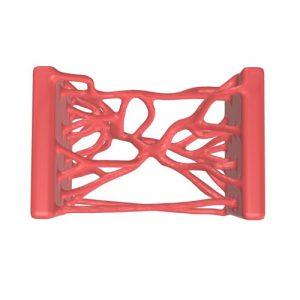
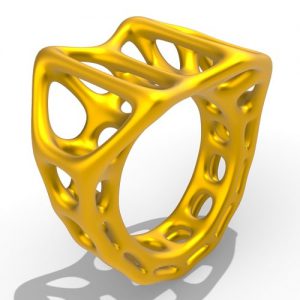

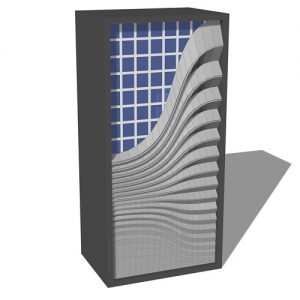
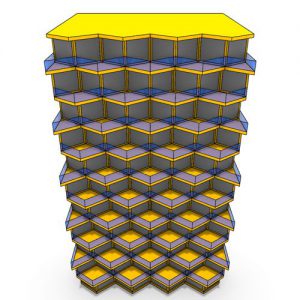

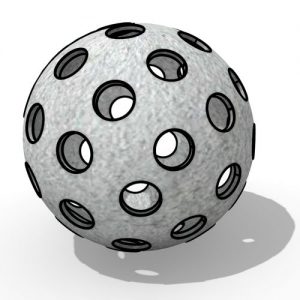
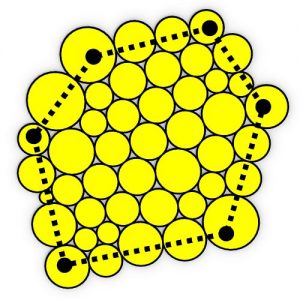
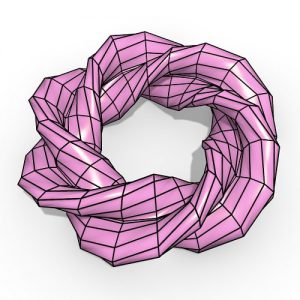
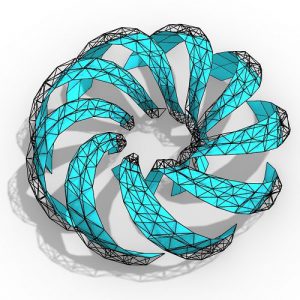

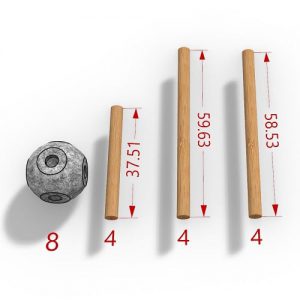

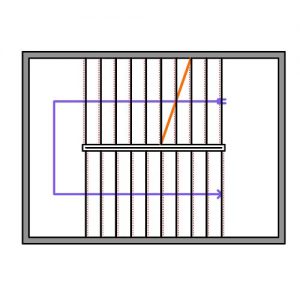
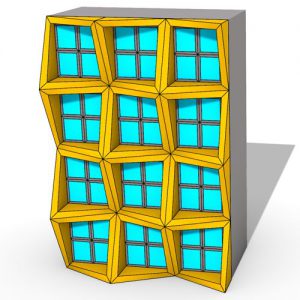
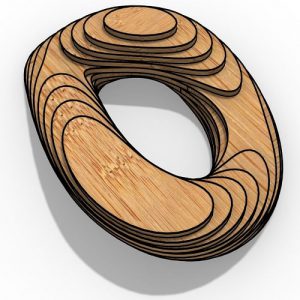
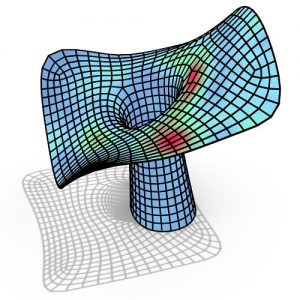
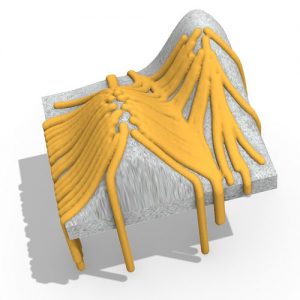

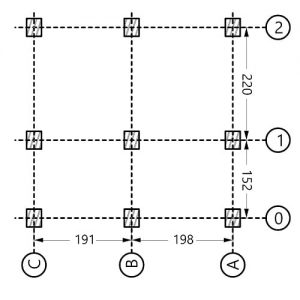

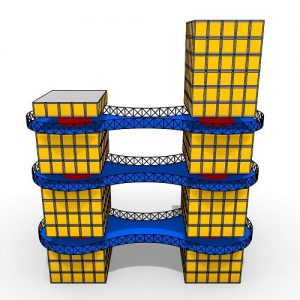
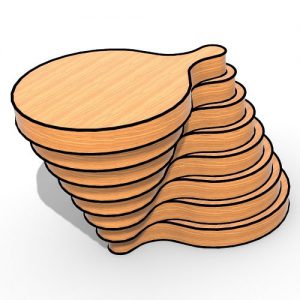

 3 Months Access
3 Months Access Lifetime Access
Lifetime Access